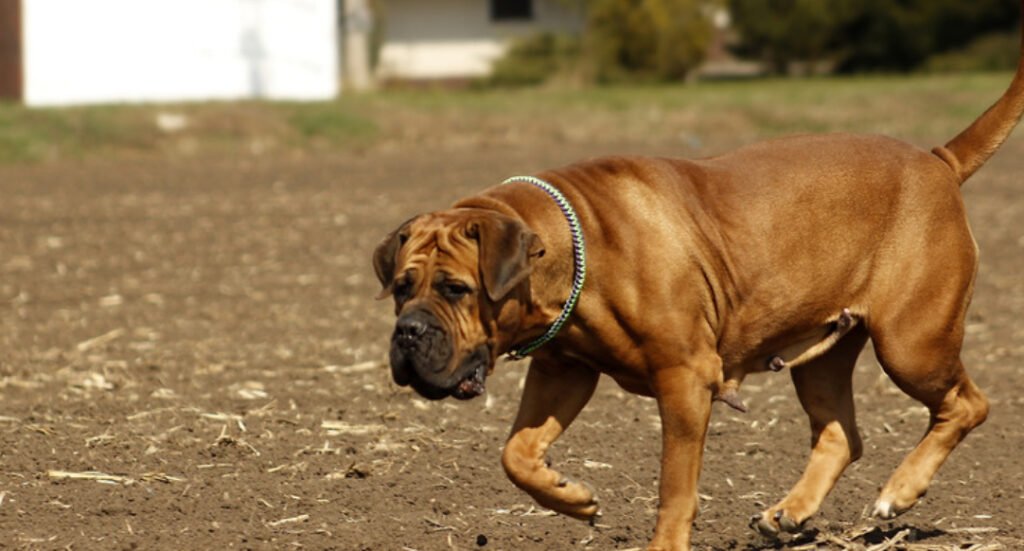
Are you captivated by the majestic and powerful Boerboel? This remarkable breed from South Africa is a loyal protector, a loving family companion, and a fascinating dog with deep historical roots. Whether you’re a current Boerboel owner or considering bringing one home, this guide will walk you through everything you need to know — including history, health, temperament, puppy care, and more.
History of the Boerboel: A South African Legacy

The Boerboel (pronounced “boo-r-bull”) is a large, mastiff-type dog developed in South Africa by Dutch settlers in the 1600s. The name “Boerboel” literally means “farmer’s dog” in Afrikaans. These dogs were bred to protect homesteads from predators such as leopards, hyenas, and intruders, combining the strength of European mastiffs with the resilience needed to survive harsh African conditions.
The Boerboel lineage includes breeds like the Bullmastiff, Great Dane, and native African dogs. Over time, this hybrid evolved into a breed known for its courage, strength, and loyalty. The Boerboel was officially recognized by the American Kennel Club (AKC) in 2015.
Boerboel Breed Overview
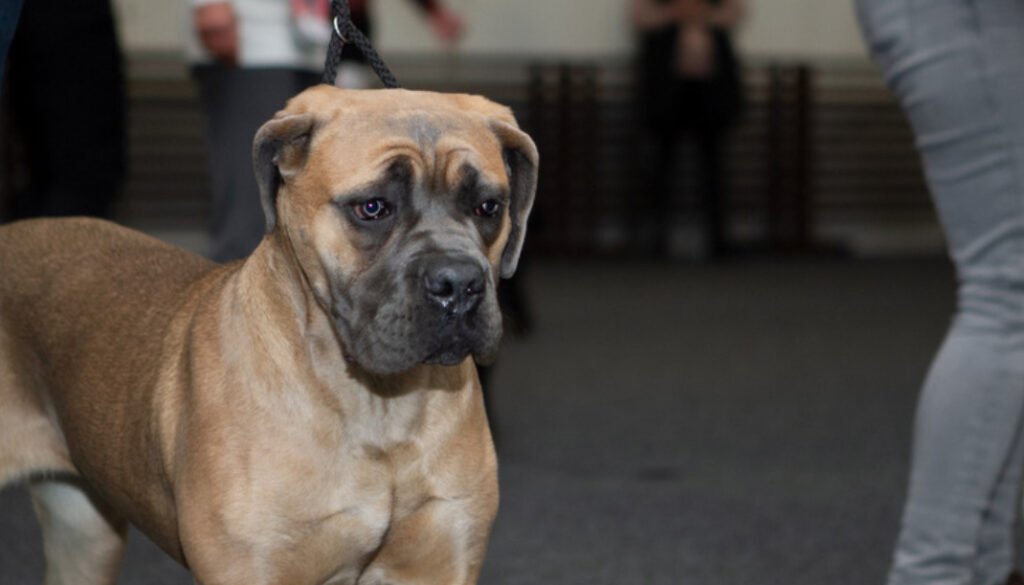
- Breed Group: Working
- Origin: South Africa
- Weight: 110–200 pounds (male), 100–175 pounds (female)
- Height: 22–27 inches at the shoulder
- Lifespan: 9–12 years
- Coat: Short, dense
- Colors: Brindle, fawn, brown, cream, red, piebald
Boerboel Temperament: A Gentle Giant With a Guardian Instinct
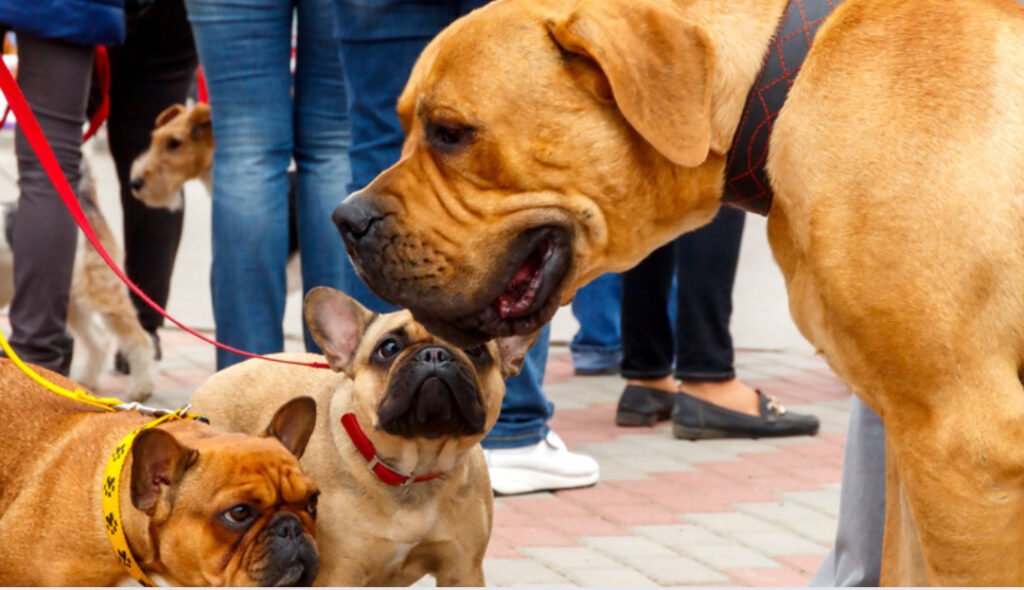
Boerboels are intelligent, confident, and protective. They form strong bonds with their families and are excellent with children when properly socialized. However, they are naturally territorial and may be wary of strangers.
They thrive in homes with:
- Experienced dog owners
- Consistent training and socialization
- Plenty of space (not ideal for apartment living)
- A job to do or regular physical activity
Key traits:
- Fearless protector
- Loyal and affectionate with family
- Reserved and watchful around unfamiliar people or animals
Boerboel Health Issues: Common Concerns and Care
Boerboels are generally healthy but, like all large breeds, they can be prone to certain conditions. Regular vet visits and health screening are essential.
Common Boerboel health issues include:
- Hip Dysplasia: A genetic joint condition common in large breeds
- Elbow Dysplasia
- Entropion: A condition where the eyelid rolls inward
- Bloat (Gastric Dilatation-Volvulus): A life-threatening emergency requiring immediate attention
- Heart Disease
- Obesity
Tip: Buy from reputable breeders who test for genetic disorders and provide health clearances.
Boerboel Diet and Nutrition: Feeding Your Powerhouse Properly
Due to their size and energy levels, Boerboels require a balanced, high-quality diet tailored for large breeds.
Diet Tips:
- Protein: Look for formulas with 22–26% protein to support muscle mass
- Fat: 12–16% fat for energy
- Joint Support: Foods with glucosamine and chondroitin
- Avoid fillers like corn, soy, and by-products
Feeding frequency:
- Puppies: 3–4 meals per day
- Adults: 2 meals per day
Always consult your vet to determine the right portion size and adjust based on activity level and weight.
Boerboel Puppy Guide: Raising a Confident Guardian

Bringing home a Boerboel puppy is a big responsibility. Early training, structure, and socialization are critical for developing a well-rounded adult dog.
Boerboel Puppy Tips:
- Socialization: Expose your puppy to various people, pets, and environments early.
- Training: Start obedience training by 8 weeks old using positive reinforcement.
- Chew toys: Provide durable toys to satisfy their strong jaws.
Puppy Growth Milestones:
| Age | Weight (Male) | Weight (Female) |
|---|---|---|
| 8 weeks | 18–25 lbs | 15–22 lbs |
| 3 months | 35–45 lbs | 30–40 lbs |
| 6 months | 70–85 lbs | 60–75 lbs |
| 12 months | 110–135 lbs | 90–120 lbs |
| 18+ months | 140–200 lbs | 100–175 lbs |
Boerboels typically reach their full adult size between 18 and 24 months.
Exercise and Training Needs: Mental and Physical Stimulation
Boerboels are active and need daily physical exercise to stay healthy and prevent boredom-related behavior problems.
Recommended daily activities:
- Long walks or jogs
- Agility or obedience training
- Puzzle toys or scent games
- Farm work or protection training
Avoid harsh punishment-based training. Boerboels respond best to calm, firm leadership and positive reinforcement.
Boerboel Life Expectancy and Senior Care
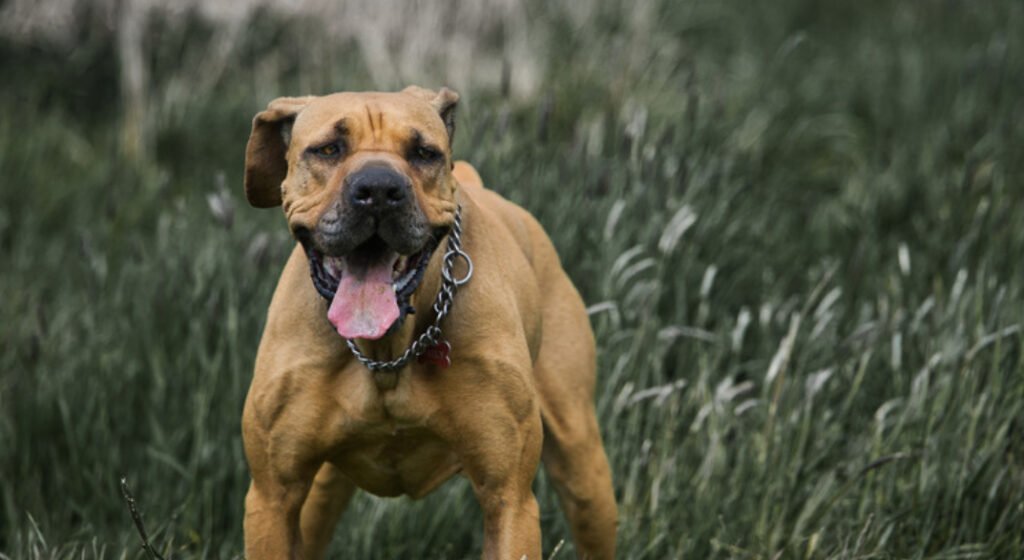
With proper care, a Boerboel can live 9 to 12 years. In their senior years, focus on joint care, regular vet checkups, and a high-quality senior dog food with lower calories and joint support.
Senior care tips:
- Provide orthopedic bedding
- Maintain a healthy weight
- Monitor for signs of arthritis or heart issues
Boerboel FAQs
Are Boerboels good family dogs?
Yes, with the right training and socialization, they are loving and protective with their families.
Can Boerboels live with other pets?
Yes, but early socialization is key. They may be dominant toward other large dogs.
Do Boerboels shed?
Yes, but minimally. Their short coat is easy to maintain with weekly brushing.
Final Thoughts: Is the Boerboel Right for You?
The Boerboel is not just a dog — it’s a devoted guardian, a loving family member, and a powerful working companion. This breed is best suited for experienced owners who understand how to manage large, strong dogs with confidence and compassion.
With proper care, training, and attention, your Boerboel will be a loyal protector and loving friend for years to come.






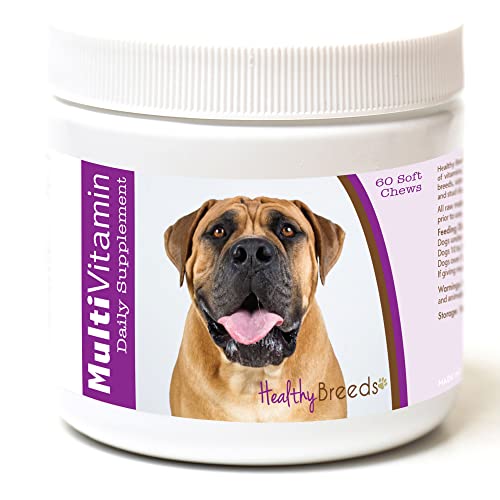

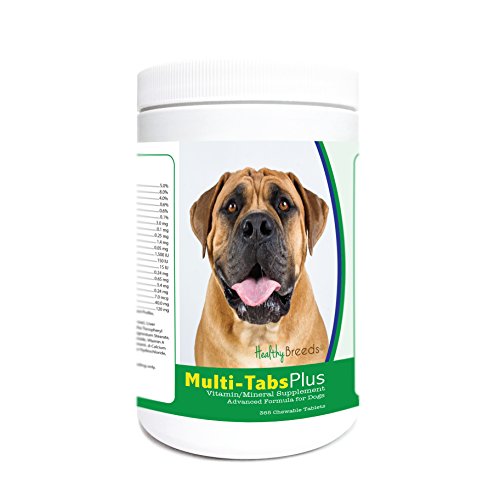
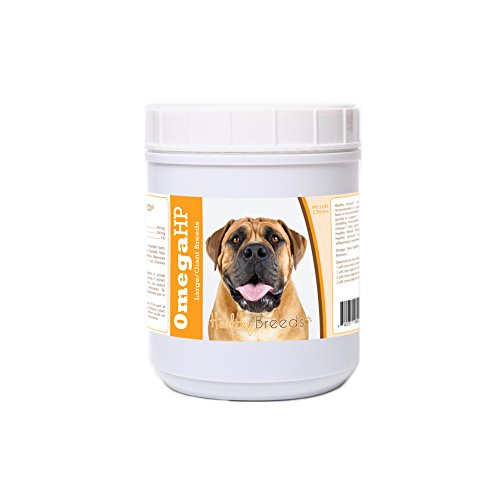


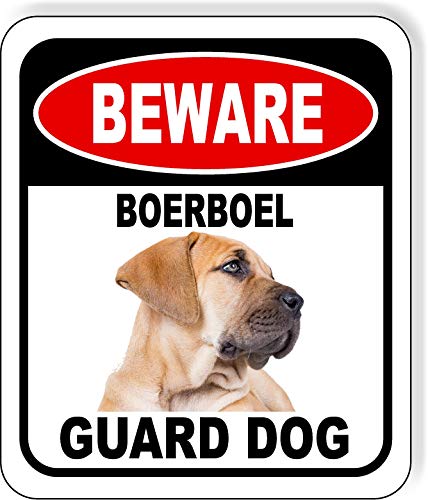




Leave a Reply